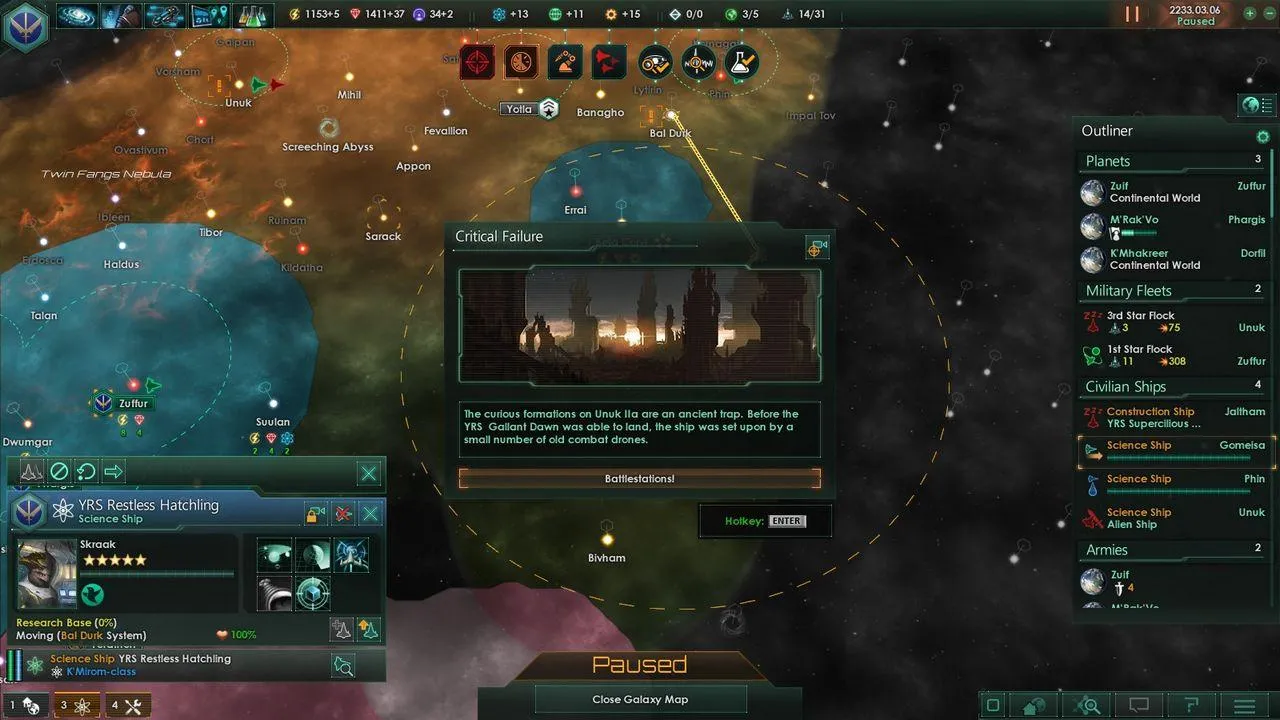
Stellaris: A Grand Strategy Space Opera with Room to Grow
Contents
The vastness of space beckons. Reaching out, it feels within grasp, yet covering a single star with a fingertip makes it disappear momentarily. This sense of scale and wonder permeates Stellaris, Paradox Interactive’s 4X grand strategy game, inviting players to explore the mysteries of a sprawling universe. From humble beginnings, players build empires, striving to reach “the end of the universe, and beyond.”
Stellaris immediately immerses players in its intricate gameplay. Science ships probe nearby systems for exploitable resources while simultaneously managing infrastructure on the home planet to balance resource allocation and military buildup. Starting as a small light in a galaxy of 800 star systems, the player embarks on a journey of discovery, diplomacy, and inevitable conflict.
 alt: A screenshot from Stellaris showing a space battle with multiple ships and lasers.
alt: A screenshot from Stellaris showing a space battle with multiple ships and lasers.
A Symphony of Customization and Exploration
Stellaris offers a rich tapestry of customization options, allowing players to craft unique races with diverse traits and ethics. These choices influence government types, societal values, and gameplay advantages. For instance, Materialists gain a 5% research bonus, while Spiritualists receive a 5% happiness boost. Traits present a balancing act, forcing players to weigh positive and negative aspects carefully.
Government types, ranging from enlightened monarchies to militaristic dictatorships, significantly impact the empire’s trajectory. The ability to shift government forms during leadership transitions adds further strategic depth.
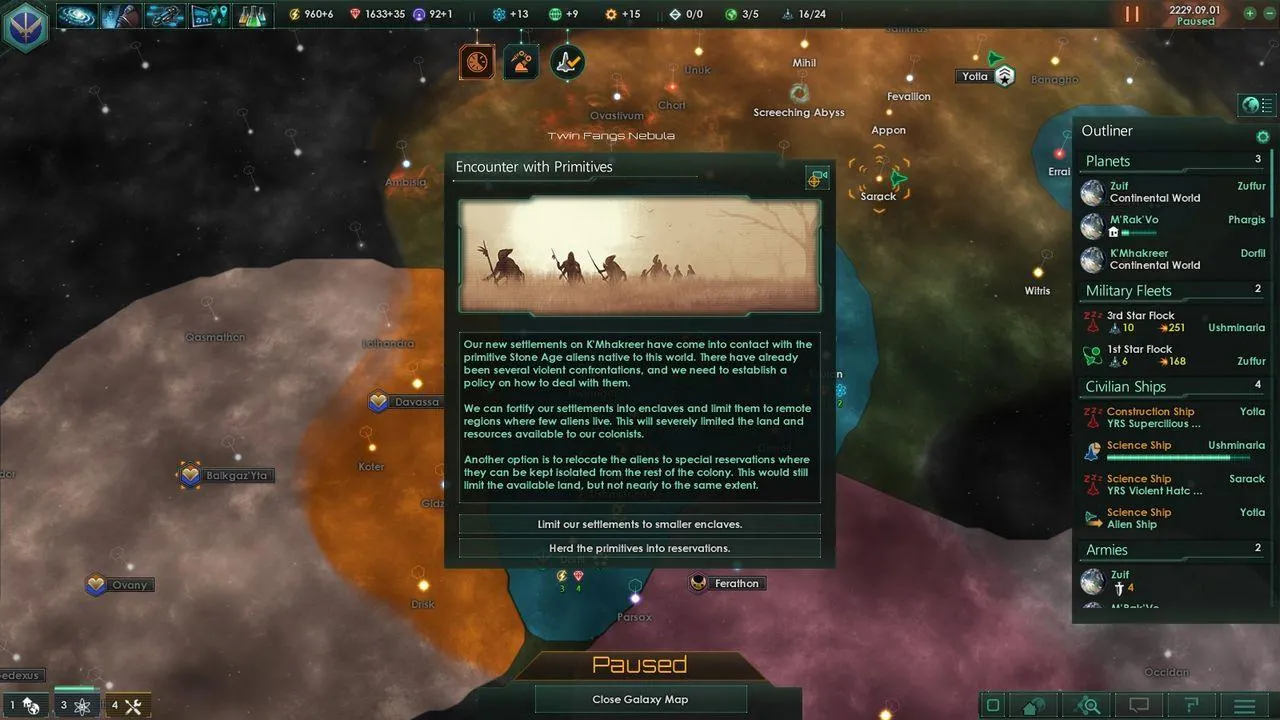 alt: A screenshot from Stellaris showcasing the galaxy map with various star systems and empires.
alt: A screenshot from Stellaris showcasing the galaxy map with various star systems and empires.
Encounters with other spacefaring races are a cornerstone of the Stellaris experience. Diplomacy, trade, alliances, and war are all tools at the player’s disposal. The intricate web of interspecies relations adds a dynamic layer to the gameplay, demanding careful consideration of alliances and rivalries. Non-playable races, similar to factions in Endless Legend, offer further interactions, from enslavement and displacement to technological upliftment and even humorous acts of worship.
Beyond racial characteristics, empires can be customized through ship design, module customization, and personnel management. The latter is crucial due to population limits, requiring strategic allocation of individuals based on age, traits, and experience.
The scientific research system replaces a traditional tech tree with three branches: Biology, Physics, and Engineering. Technologies appear randomly within each branch, forcing players to adapt and innovate. This dynamic system can lead to both setbacks and breakthroughs, from stagnating progress to unlocking powerful, game-changing technologies.
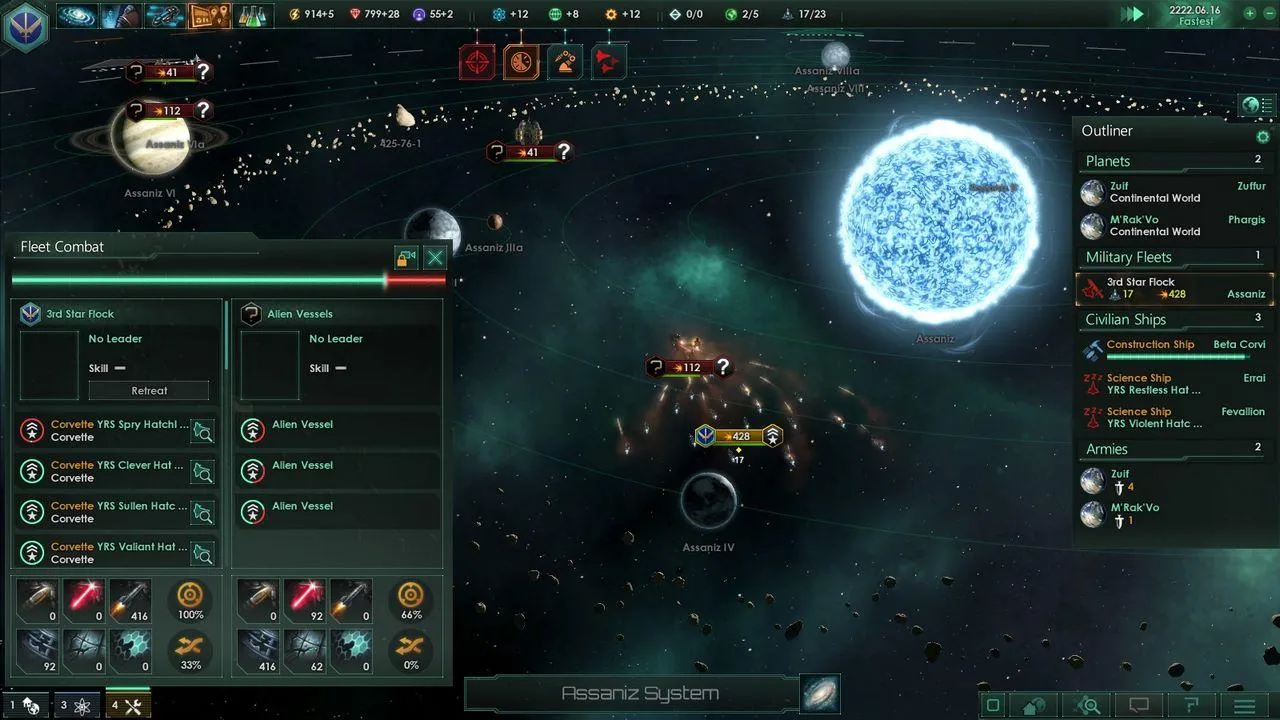 alt: A screenshot from Stellaris displaying a planet view with various structures and resources.
alt: A screenshot from Stellaris displaying a planet view with various structures and resources.
Reaching for the Stars, Facing Challenges
As empires ascend to sovereignty, Stellaris introduces new challenges and dynamic events. AI uprisings, triggered by Sentient AI research, pose a significant threat, with rebellious synthetics seeking to overthrow their creators.
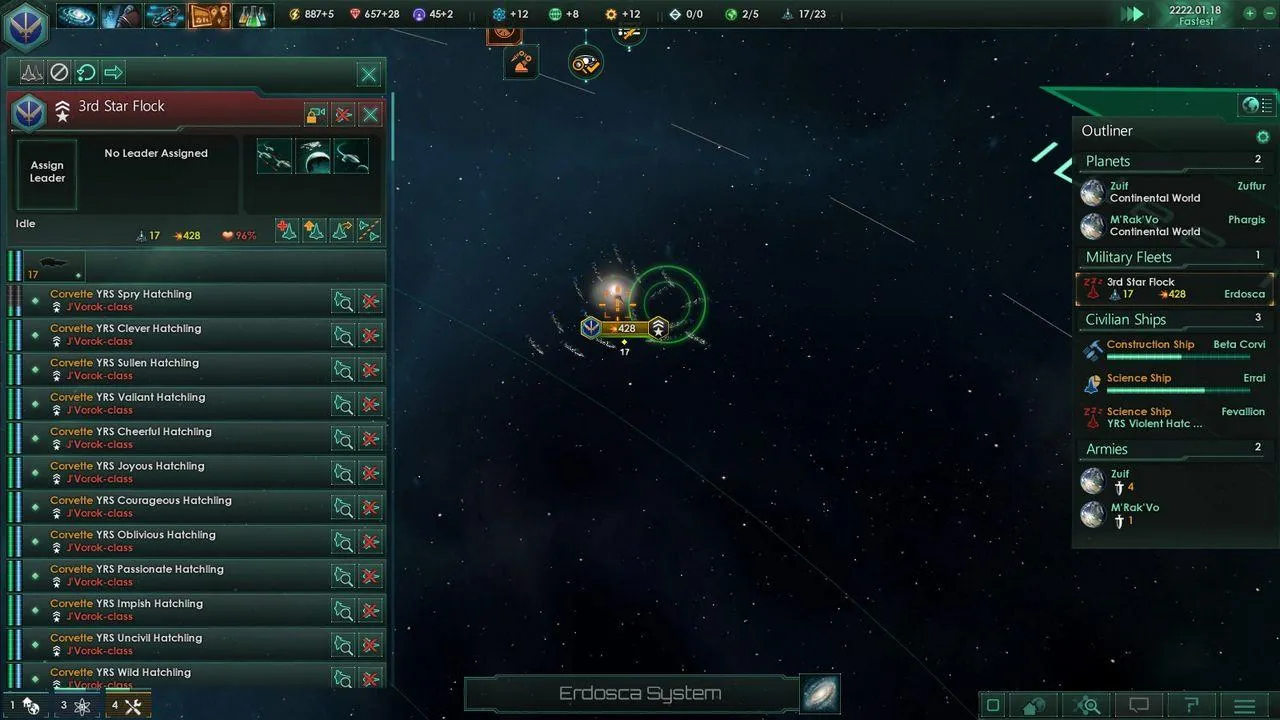 alt: A screenshot from Stellaris showing a close-up view of a space station.
alt: A screenshot from Stellaris showing a close-up view of a space station.
Despite its compelling gameplay and stunning visuals, Stellaris suffers from some notable drawbacks. The user interface, while initially manageable, becomes cumbersome as empires expand. Managing numerous fleets and planets individually becomes tedious, lacking a centralized management screen. Information is often obscured, requiring players to manually investigate planet statuses, construction progress, and even diplomatic agreements. Automation options are limited, forcing manual control over tasks like exploration and construction.
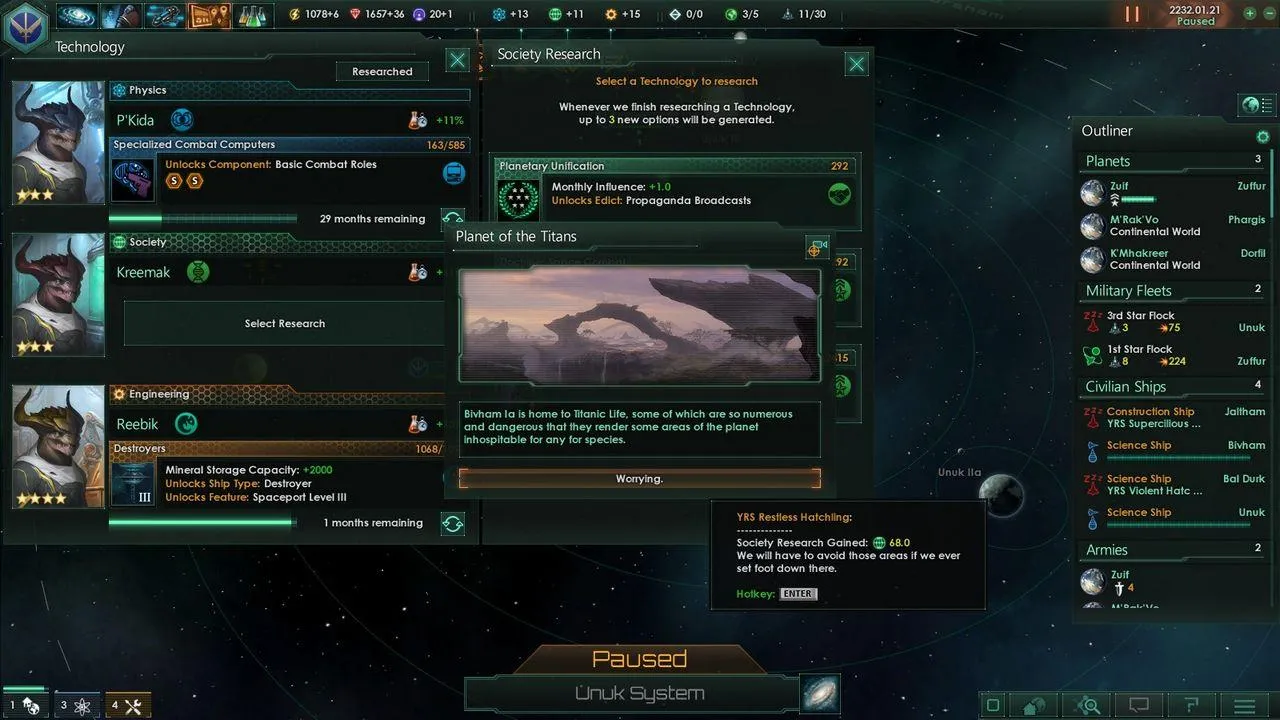 alt: A screenshot from Stellaris highlighting a space battle with a large fleet of ships.
alt: A screenshot from Stellaris highlighting a space battle with a large fleet of ships.
Combat, while visually impressive, lacks tactical depth, reducing player input to observation. Finally, the limited victory conditions, focused solely on domination or territorial control, feel restrictive in a genre known for its open-ended nature. The absence of alternative victory paths, such as diplomatic, technological, or economic achievements, limits player agency and strategic diversity.
Conclusion: A Universe of Potential
Stellaris offers a captivating grand strategy experience, blending deep customization with emergent gameplay. However, its shortcomings in UI design, automation, combat, and victory conditions detract from its overall polish. Addressing these issues would elevate Stellaris from a promising space opera to a truly stellar grand strategy masterpiece.
Game Information
- Developer: Paradox Development Studios
- Publisher: Paradox Interactive
- Genre: Strategy
- Release Date: May 9, 2016
- Platform: PC
Minimum System Requirements
- OS: Windows 7 x64
- CPU: AMD Phenom II X4 850 @ 3.3 GHz / Intel i3 2100 @ 3.1 GHz
- RAM: 4GB
- GPU: AMD HD 6850 / Nvidia GTX 560TI, 1024MB VRAM
- HDD: 4 GB
Tested System Configuration
- OS: Windows 10 Pro 64-bit
- CPU: Ryzen R7 1700 @ 3.7 GHz
- RAM: 16 GB
- GPU: MSI Rx Vega 56 Airboost
- SSD: Samsung 950 Pro 256GB





Comments (0)